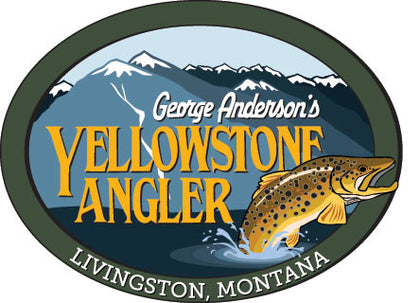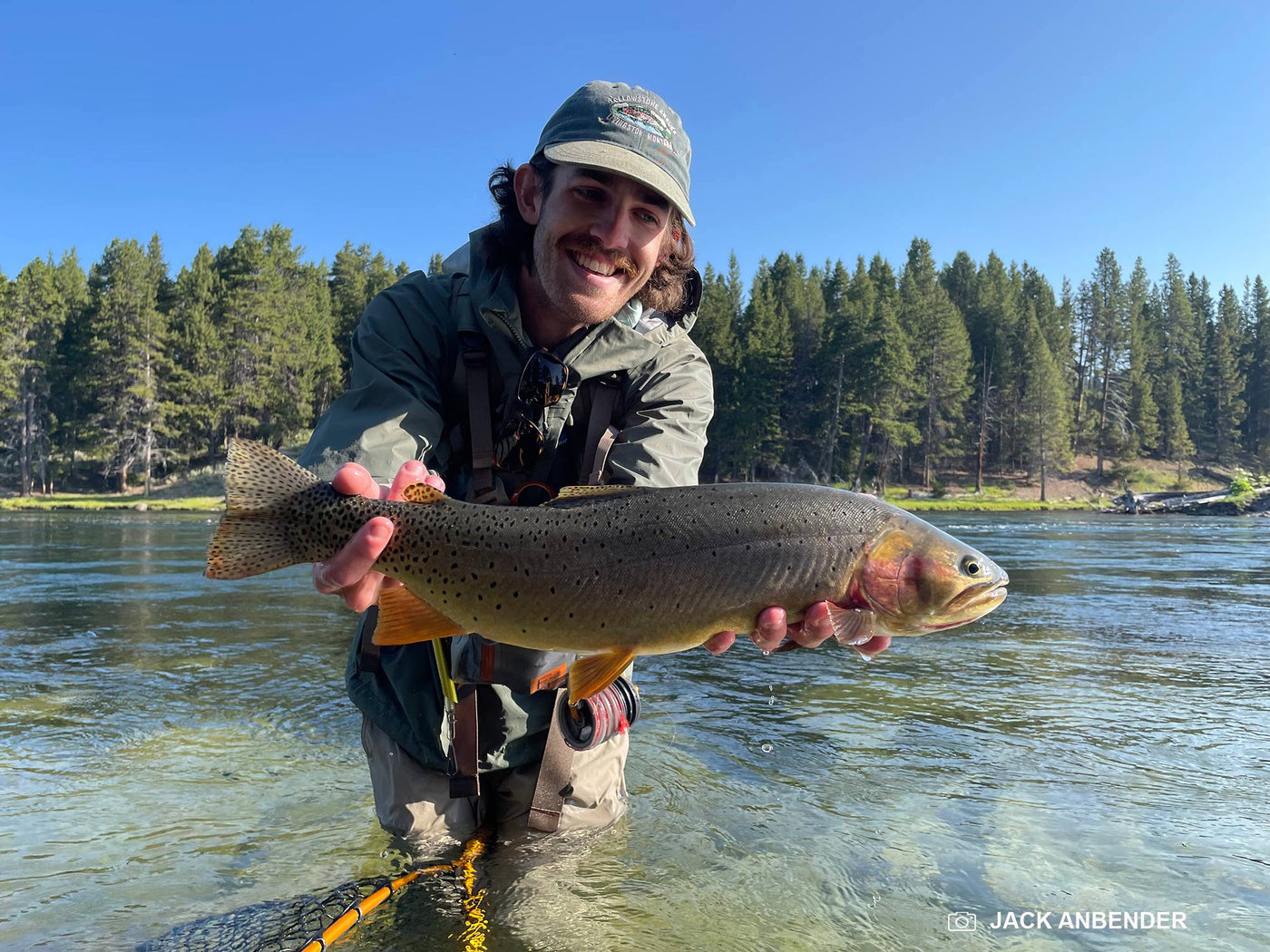June 19, 2025
Yellowstone National Park fishing report
 The Firehole ready for business ! Photo: Joe Sherman
The Firehole ready for business ! Photo: Joe Sherman
Yellowstone National Park has issued a hootowl on the Madison, Firehole and Gibbon rivers as of today (6/19). This means angler's must quit fishing by 2:00PM each day. PMD's and miller caddis have been going strong on the Firehole. We've also heard good reports of Salmonflies on the Gardiner river.
The NE corner of the Park is starting to shape up clarity wise. Slough is always the first to clear here, but soda butte, the Yellowstone, and finally the Lamar will be in shape quickly.
As always give us a call for the latest report or to book a trip! 406-222-7130.
 Carol Palmateer with her first fish on the Firehole! Photo: Joe Sherman
Carol Palmateer with her first fish on the Firehole! Photo: Joe Sherman
Recommended Flies:
Black Jig Perdigons #16-18, Tung Baetis #16-18, Iydle's Baetis #16-20 (with beadhead and without),
Harrop Short Wing Emergers (grey) #16-18, CDC Baetis Cripples #18-20
Hanging Midges, Midge Clusters #18-22
Squirmy Worrmies, pink SJW, #8-10
Geroge's Brownstone #8-10, tung rubberlegs #8-10
Leadeye stingers #4-6, mini dungeons, #4 micro dungeons #6
Various buggers, sparkle minnows #4-8
Hi-Vis Elk Hair Caddis #12-18
Butch Caddis #16-18
CDC Caddis Emergers #14-16
Tung Jig Prince #16-18
March Brown Parachutes #12-14
Point Drake Brown #14-16
Black and Chartreuse Leeches #10
Chironomids #10-14
Firehole Flies:
PMD Split Case nymphs #14-18
PMD short wing emerger #14-18
PMD CDC emerger #16-18
PMD Sparkle Dun #14-18
White Miller Caddis #14-18

